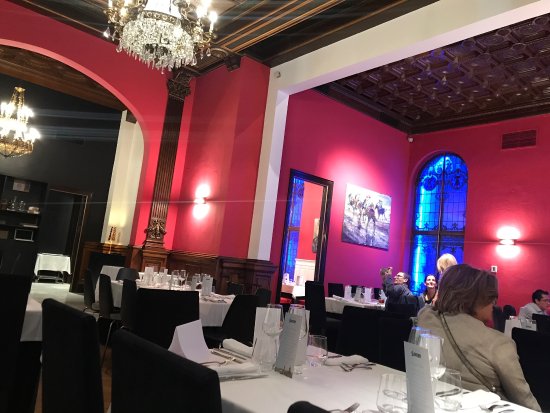Zaragoza
WELCOME TO Zaragoza
Province Overview
Zaragoza
17,274 km2
780,000
Spanish
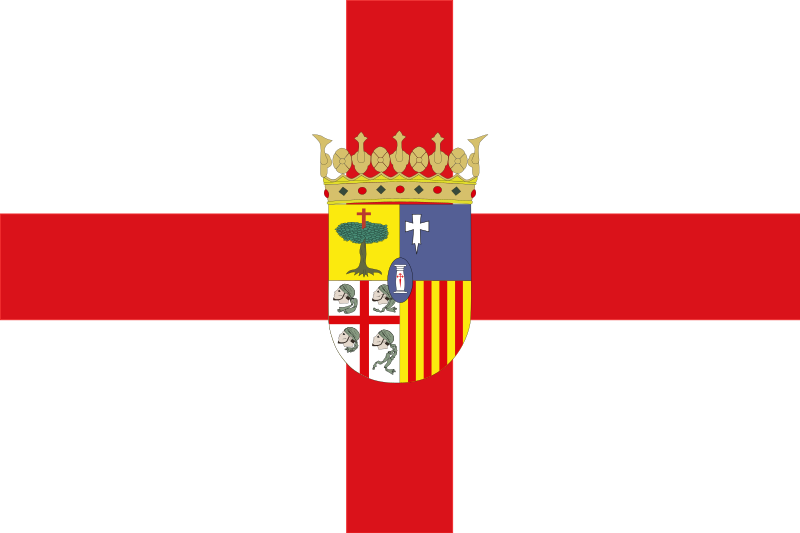
Popular
Geography and Tourist Attractions
Information about the province's tourist attractions, including popular destinations, events, and activities.

Ebro River
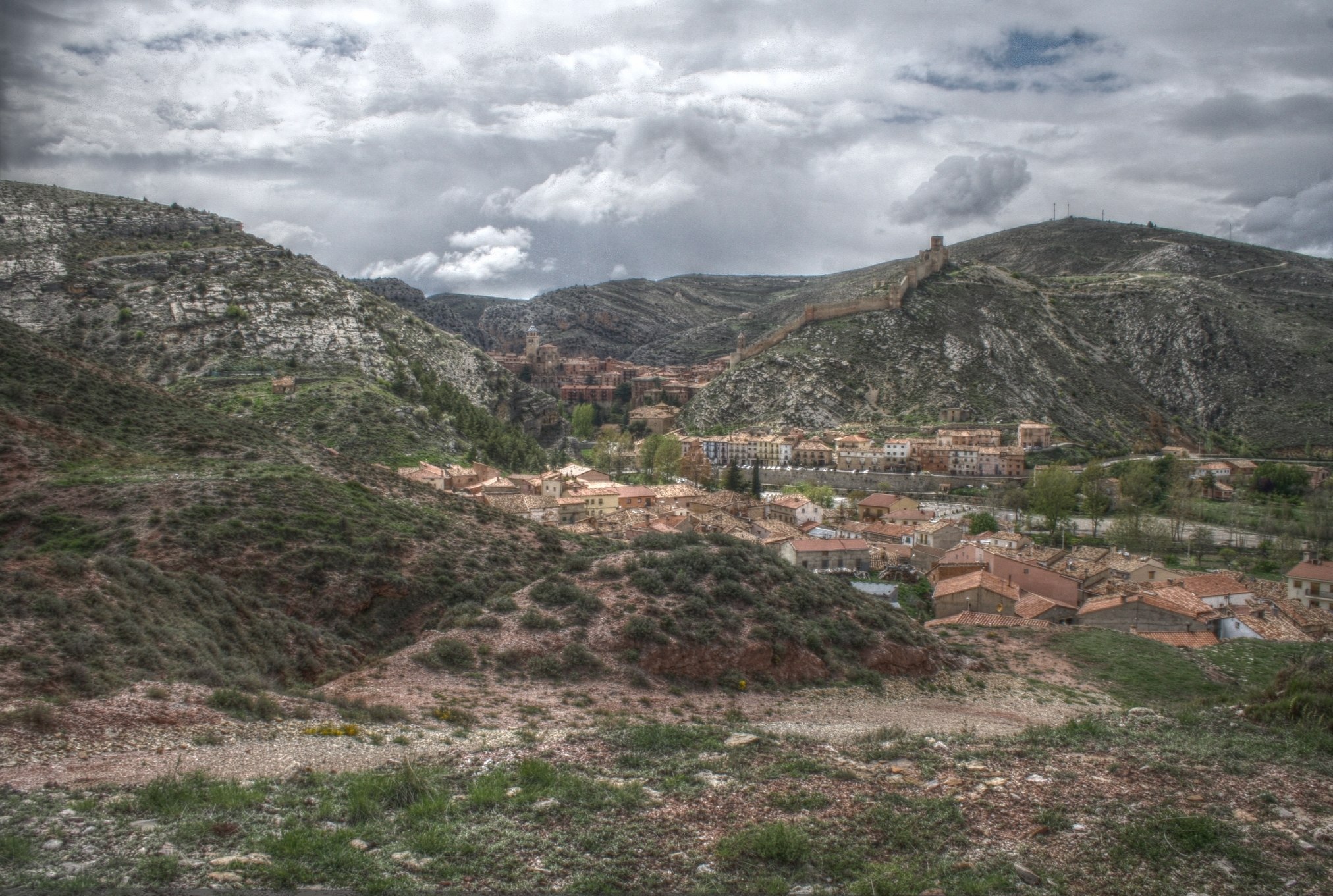
Sierra de Albarracín
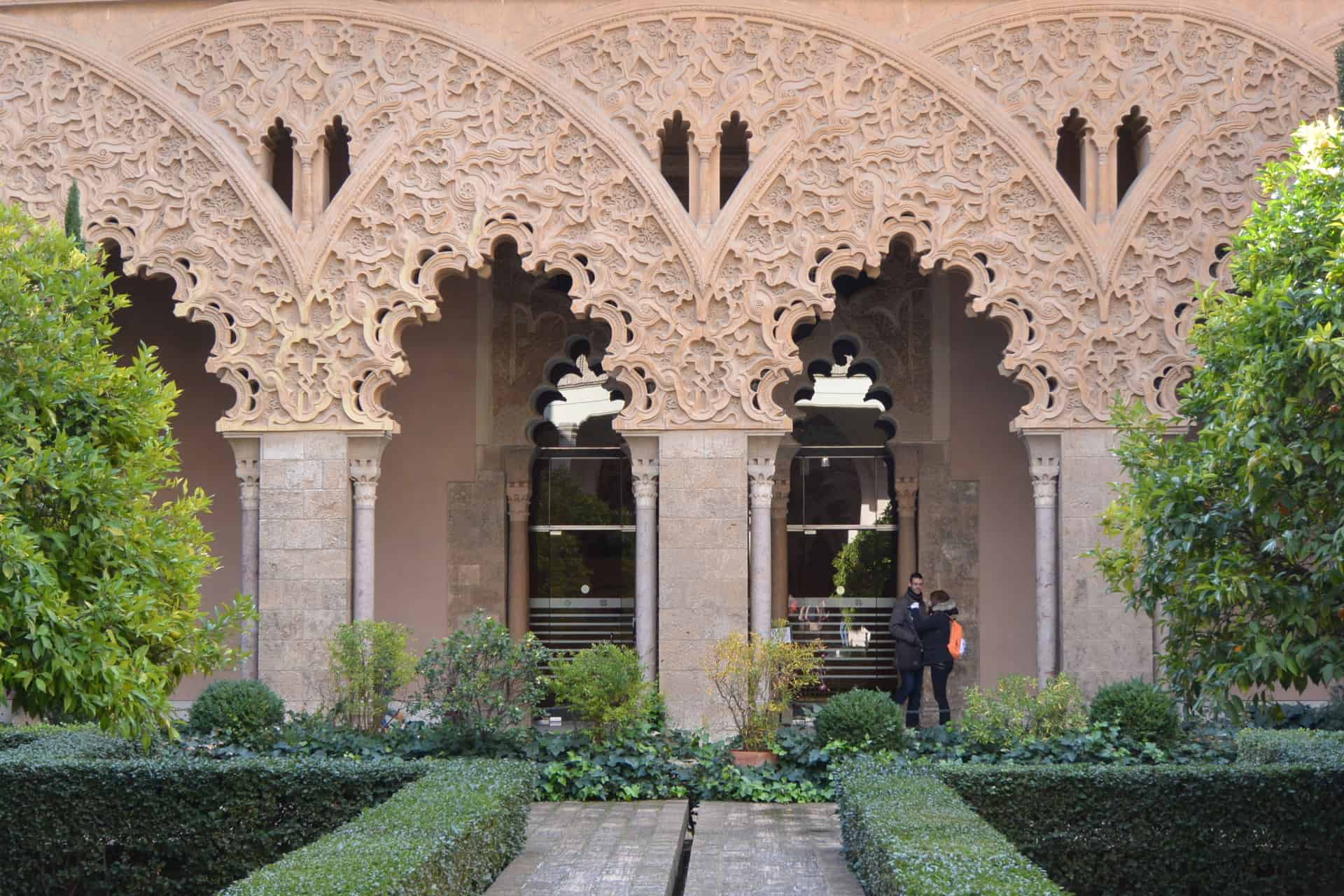
Aljafería Palace
Political
Economy and Government
The economy of the Zaragoza region is diverse, with industries ranging from agriculture and manufacturing to tourism and services. Agriculture remains an important sector in the region, with crops including wheat, barley, and grapes. The province is also known for its livestock, including sheep, goats, and cattle. In terms of manufacturing, Zaragoza is home to several large factories producing automobiles, equipment, and consumer goods, with companies such as Opel, Volkswagen, and Saica Group having a significant presence in the area.
The government of Zaragoza is divided into municipalities, with each town and village having its own local council. The provincial government is responsible for overseeing the administration of the province as a whole, including infrastructure, public services, and economic development initiatives. The province is also represented at the regional and national level, with the government of Aragon responsible for managing regional affairs and the Spanish government responsible for national policies.
Overall, the government of Zaragoza works to promote economic growth and sustainable development, while ensuring that the needs of its citizens are met through the provision of public services and infrastructure.
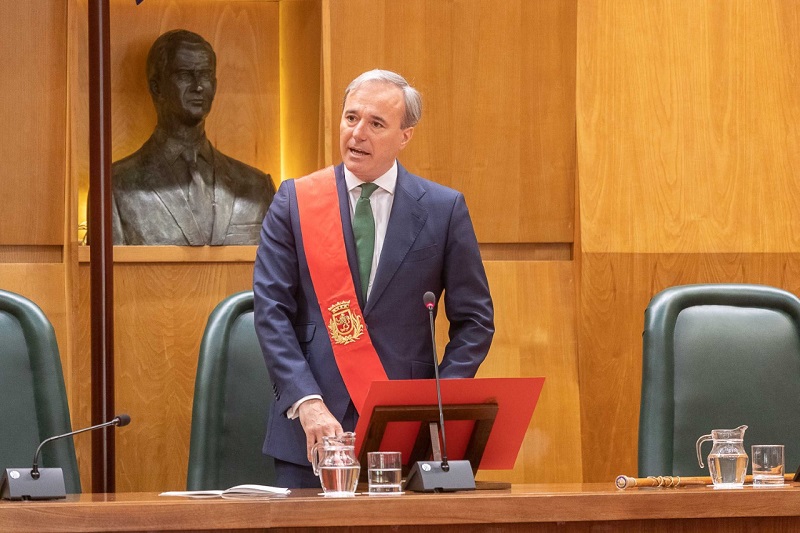
History
History and Culture
The region of Zaragoza, located in the northeast of Spain, has a rich history and culture that spans over two millennia. The city of Zaragoza itself has been inhabited since Roman times, and its strategic location at the crossroads of major trade routes made it a key city in the Middle Ages.
One of the most important cultural landmarks in Zaragoza is the Basílica del Pilar, a baroque-style church that is said to be the first church dedicated to the Virgin Mary in history. The building has been expanded and modified over the centuries, and today it is an important pilgrimage site for Catholics from around the world.
Another notable feature of Zaragoza is its cuisine, which is heavily influenced by the region's agricultural heritage. The local cuisine includes dishes such as migas, a dish made from breadcrumbs, garlic, and chorizo, and ternasco, a roasted lamb dish that is popular during festivals and celebrations.
In addition to its cultural heritage, Zaragoza is also home to several museums and art galleries, including the Pablo Serrano Museum and the Goya Museum, which showcase the works of famous Spanish artists.
Overall, Zaragoza is a region with a rich history and vibrant culture that is worth exploring for anyone interested in Spanish history and cuisine.
HOTELS
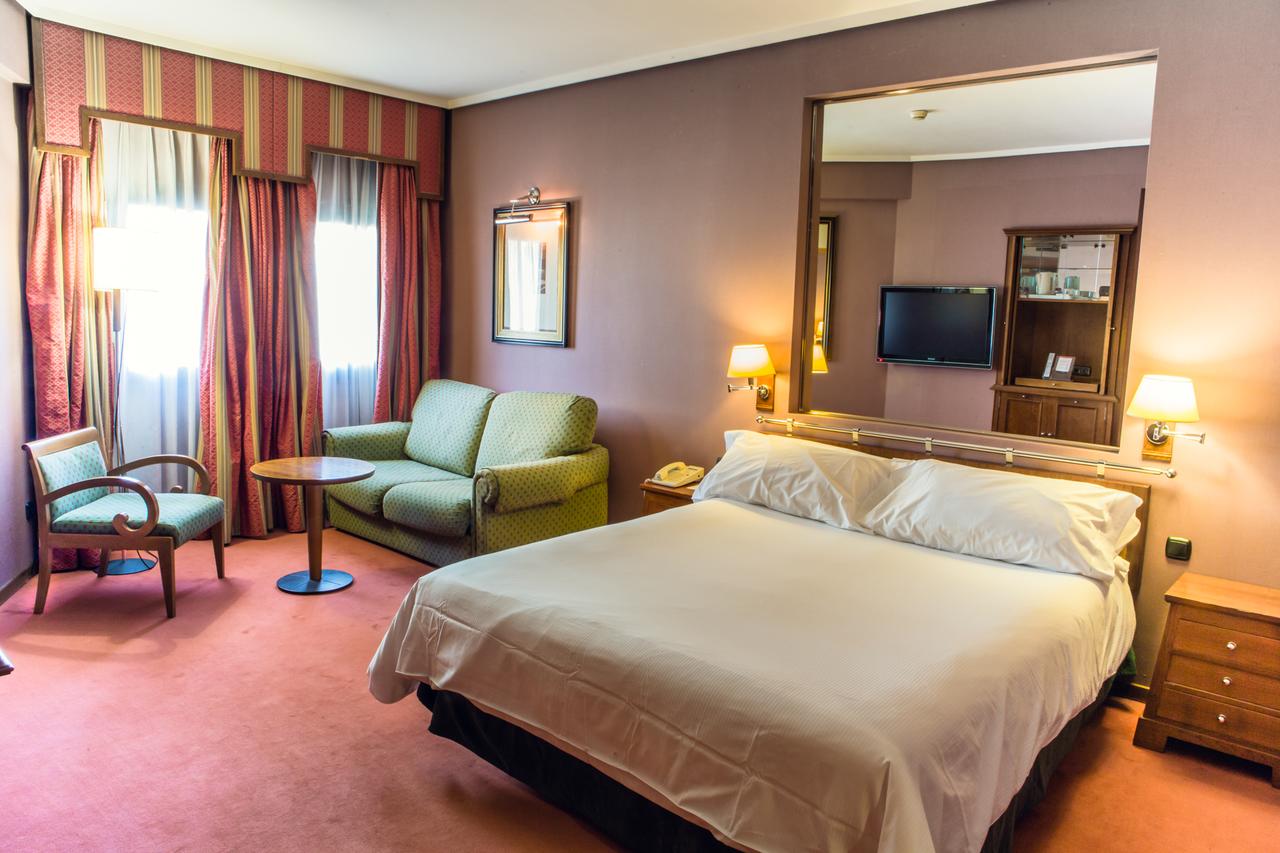
Hotel Palafox

NH Collection Gran Hotel de Zaragoza
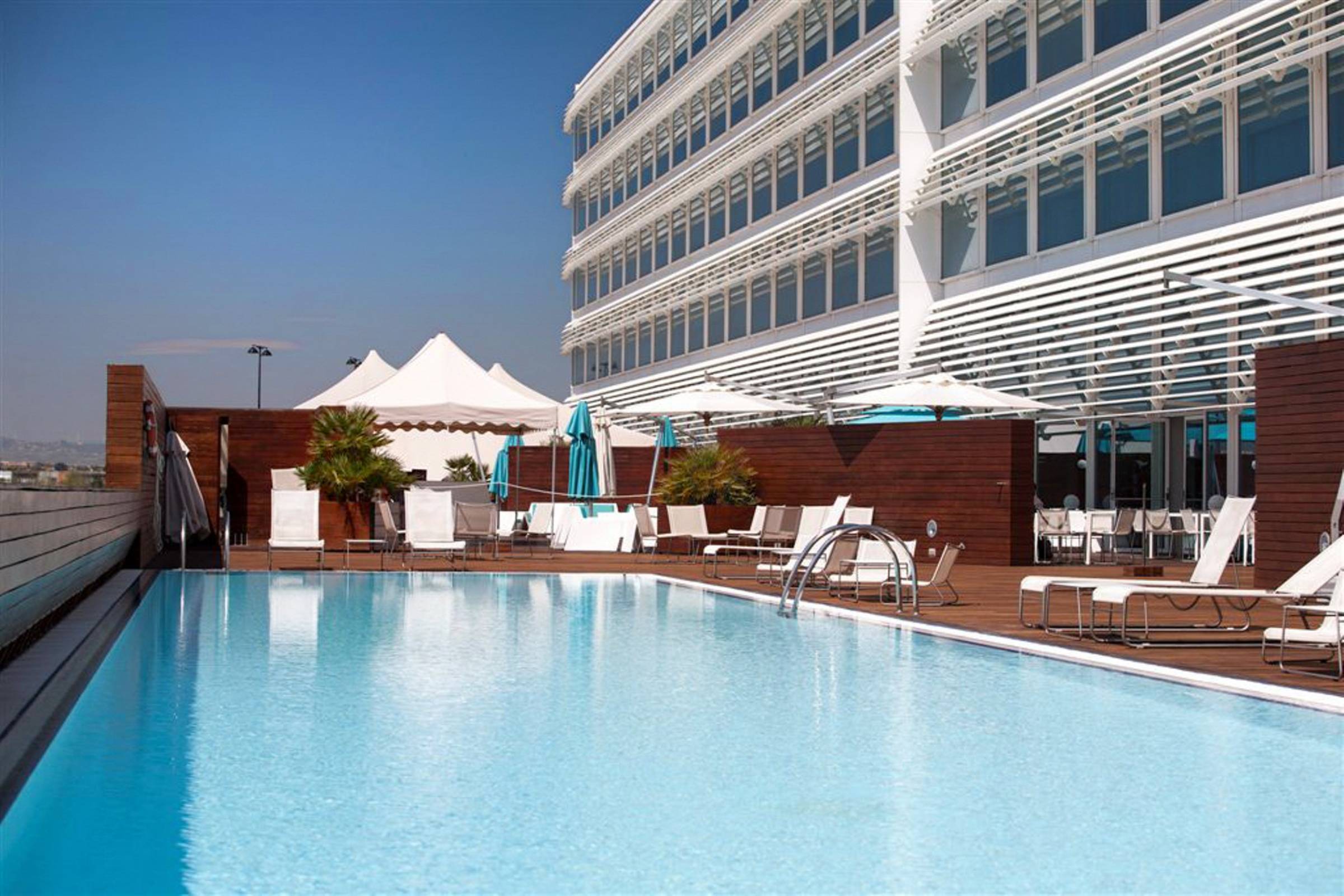
Hotel Hiberus
RESTAURANTS
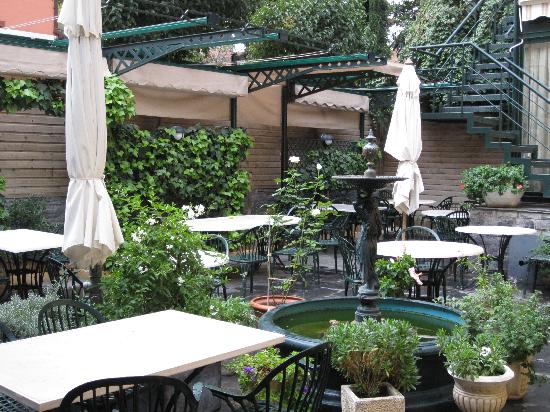
El Chalet
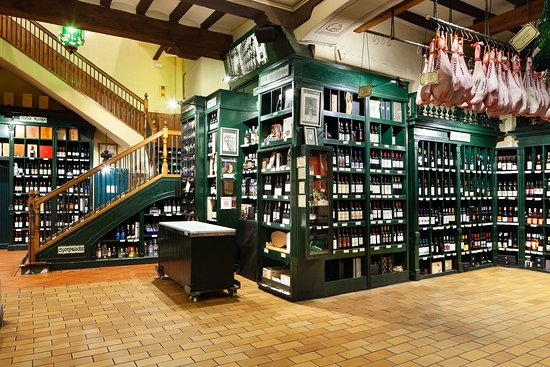
Montal
